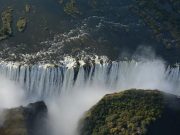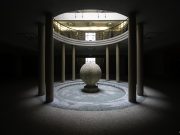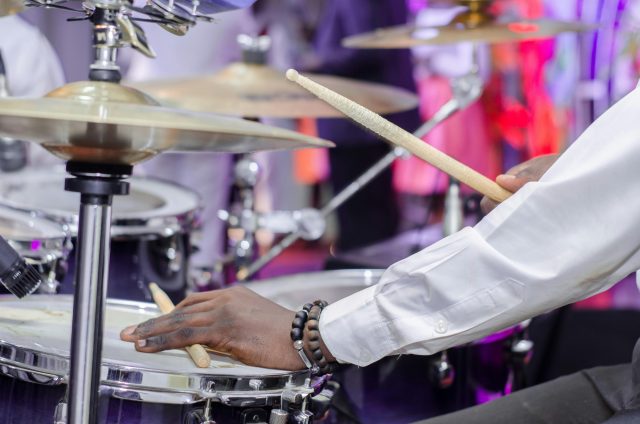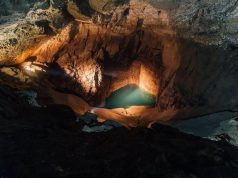Africa’s vast and diverse landscape is a tapestry woven with the rich and vibrant threads of its music and dance traditions. From the bustling markets of Marrakech to the tranquil savannas of the Serengeti, each rhythm and movement tells a story that transcends time and borders. This article embarks on a journey across the continent, delving into the heart of Africa’s unique cultural expressions. We will explore how these ancient traditions have evolved, how they continue to shape communities, and how they resonate with the pulse of modernity. Join us as we uncover the soulful beats and dynamic dances that not only entertain but also bind the diverse cultures of Africa in a harmonious symphony of heritage and innovation.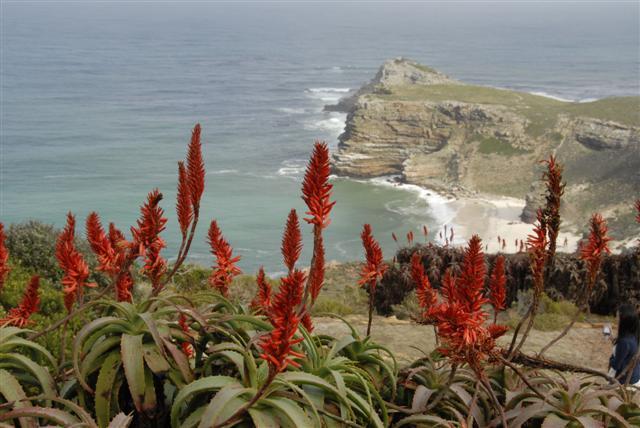
Rhythms of the Continent: A Journey Through Africas Musical Diversity
From the infectious rhythms of West African drum circles to the intricate melodies of the Sahara’s Tuareg musicians, Africa’s musical tapestry is as diverse as its landscapes. Each region offers a unique soundscape, deeply rooted in the cultural and historical narratives of its people. Highlife music from Ghana, with its fusion of Western instruments and traditional Akan rhythms, creates a vibrant sonic experience that invites listeners to dance. Meanwhile, the mystical sounds of the Ethiopian krar, a five or six-stringed lyre, transport audiences to the highlands of East Africa, echoing ancient stories and spiritual journeys.
- Kora – A 21-string lute-bridge-harp used extensively in West Africa, known for its soothing and intricate sounds.
- Mbira – Often called a “thumb piano,” this instrument is integral to the music of the Shona people in Zimbabwe.
- Balafon – A wooden xylophone that is central to many traditional ceremonies in West Africa.
Dance is inseparable from African music, each movement telling stories of ancestry and communal identity. The Gumboot dance from South Africa, developed by miners communicating through foot taps, has evolved into a vibrant expression of unity and resilience. In contrast, the elegant Sabar dance of Senegal, characterized by its swift, flowing movements, embodies the grace and vitality of the Wolof culture. Across the continent, these artistic expressions not only entertain but also preserve the rich tapestry of Africa’s cultural heritage, ensuring that the rhythms of the past continue to resonate in the present.
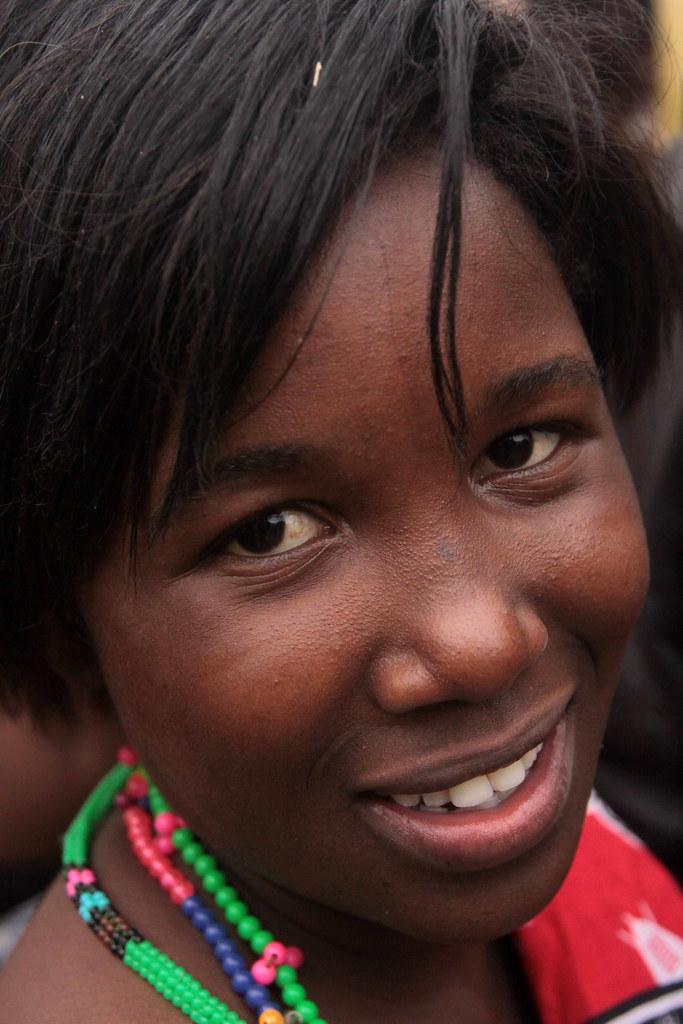
The Dance of Heritage: Understanding Traditional Movements and Their Meanings
In the heart of Africa, the rhythm of traditional dance serves as a vibrant tapestry of history, culture, and spirituality. Each movement tells a story, a narrative woven through generations, carrying the essence of the communities from which they originate. From the intricate footwork of the West African Sabar to the expressive gestures of the East African Taarab, these dances are not just performances but living histories that encapsulate the values, beliefs, and social structures of their people.
- Connection to Nature: Many African dances mimic the movements of animals or the flow of water, illustrating the deep connection between communities and their natural surroundings.
- Rites of Passage: Traditional dances often mark significant life events, such as coming of age, marriage, or harvest celebrations, serving as communal expressions of joy and transition.
- Spiritual Significance: Dance is a conduit for spiritual communication, with movements that are believed to invoke ancestral spirits or deities, offering a means to connect with the divine.
Understanding these movements requires more than just observation; it demands an appreciation for the symbolic language embedded within each step. By delving into the world of African dance, one uncovers a profound dialogue between the past and the present, where each gesture is a testament to the enduring legacy of a rich cultural heritage.
Instruments of Identity: Exploring Africas Unique Soundscapes
In the heart of Africa lies a tapestry of soundscapes as diverse as the continent’s landscapes. Traditional instruments, each with its own story and cultural significance, paint the vibrant picture of Africa’s musical heritage. The djembe drum, known for its deep resonance and ability to speak through rhythms, has transcended its West African origins to become a global symbol of unity and community. The haunting melodies of the kora, a 21-stringed harp-lute, weave tales of ancient griots, preserving history through its harmonious strings. These instruments, among others, form the backbone of Africa’s sound identity, shaping a narrative that is both timeless and continually evolving.
- Mbira: Often referred to as the “thumb piano,” this instrument is central to Zimbabwean spiritual ceremonies and storytelling.
- Balafon: A wooden xylophone that echoes through the savannahs of West Africa, its tones are both festive and meditative.
- Shekere: A percussion instrument made from a dried gourd covered with beads, creating a unique rattling sound integral to African dance.
Dance, inseparable from music, further enriches this cultural mosaic. From the high-energy rhythms of South Africa’s gumboot dance to the graceful movements of the Ethiopian eskista, these traditions are not merely performances but expressions of identity, community, and resilience. Each step and beat serves as a reminder of the stories and traditions passed down through generations, embodying the spirit of a continent that dances to its own beat.

Must-Visit Festivals: Experiencing Africas Vibrant Music and Dance Celebrations
Immerse yourself in the electrifying rhythms and captivating movements that define Africa’s most celebrated festivals. From the heart-pounding beats of traditional drums to the mesmerizing sway of dancers adorned in vibrant costumes, these events are a feast for the senses. Each festival showcases a unique blend of cultural heritage and contemporary flair, offering a glimpse into the soul of Africa’s diverse communities. Celebrate the spirit of unity and joy as you join locals and travelers alike in these unforgettable gatherings.
- Fesman (Festival Mondial des Arts Nègres): Held in Dakar, Senegal, this festival is a tribute to the rich cultural heritage of the African diaspora, featuring a spectacular array of music, dance, and art.
- Festival au Désert: Set in the sands of the Sahara in Mali, this festival brings together Tuareg musicians and international artists, creating a unique fusion of traditional and modern sounds.
- HIFA (Harare International Festival of the Arts): Zimbabwe’s premier arts festival offers an eclectic mix of performances, including music, dance, and theater, celebrating both local talent and global artistry.
- Gnaoua World Music Festival: Held in Essaouira, Morocco, this event is a vibrant celebration of the Gnaoua culture, blending African, Berber, and Arabic influences in a captivating musical journey.
In Retrospect
As we draw the curtains on our exploration of Africa’s unique music and dance traditions, we find ourselves enriched by the continent’s vibrant tapestry of sound and movement. From the heart-pounding rhythms of West African drums to the graceful, storytelling dances of East Africa, these cultural expressions serve as a testament to the diversity and unity that define this vast land. Each melody and step weaves together the past and present, offering a glimpse into the soul of Africa and inviting us to join in the celebration of life itself. As the echoes of these rhythms fade into the distance, let us carry forward the spirit of connection and understanding that they inspire, remembering that in every beat and movement, we find a shared humanity.



